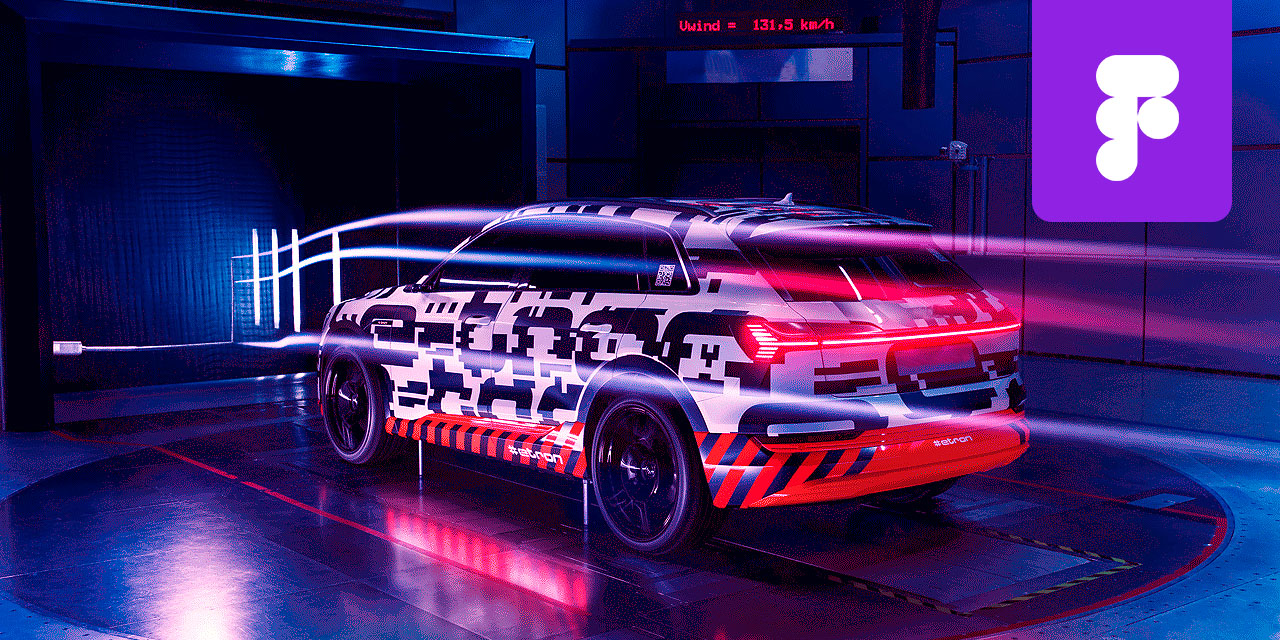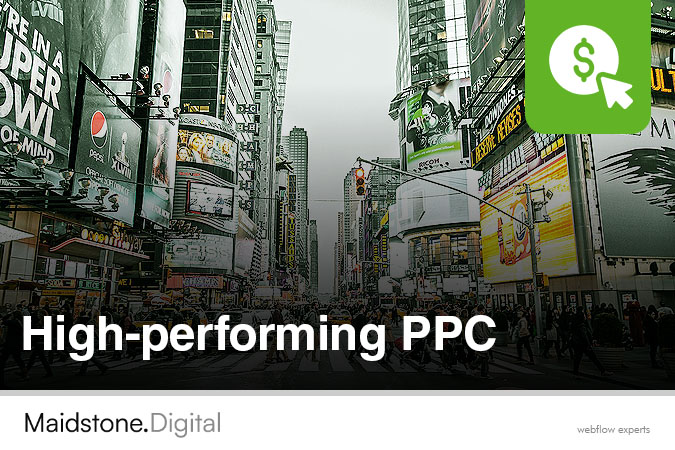In the world of modern web design, efficiency isn’t just a bonus; it’s a crucial part of being a success. For teams that design in Figma and then build in Webflow, staying agile and malleable is essential, and being able to create some kind of simpatico between the two is vital for the perfect web design.
When it is done effectively, it doesn’t just save time; it helps preserve creative intent, as well as boost collaboration across design and development teams. Looking for ways of being able to develop the perfect website is essential, and this is something that plays a huge role in enhancing your Webflow website. This is key to making your Webflow website better, and here are some of the great ways in which Figma can help streamline your design process.
Why Figma and Webflow Work So Well Together
Figma is a cloud-based, collaborative design tool that has become the benchmark for collaborative UX/UI design. The fact that it provides real-time co-editing, prototyping tools, component libraries, and more, makes it perfect for things like wireframing and brainstorming. On the flipside, Webflow closes the gap between design and production, and being able to combine the two is a recipe for long-term business success.
Preparing to Move From Figma to Webflow
Before moving into Webflow, you need to make sure you get the structure of your Figma design file spot on. Ensure your frames align with common screen sizes and that you use consistent naming conventions for layers and components. They are much easier to recreate in Webflow, and paying close attention to reusable elements such as cards, buttons, and navigation bars. Building them as components in Figma first, before recreating them as components within Webflow.
Translating Design to Development in Webflow
Making your Figma file clean and consistent as much as possible is essential when you want to start rebuilding your layout in Webflow. Many teams favour the use of Webflow and Figma plugins, which can be used to export layouts and typography directly into your project. In Webflow, you can recreate your layout to mirror the structure from Figma, ensuring alignment and responsiveness.
Streamlining Collaboration
When it comes to improving workflow and making your website stand out, the Figma-Webflow collaboration is one of the most effective. It allows designers, content strategists, and developers to all work from a shared source. This allows iterations to become faster, sleeker, and more responsive, and means that designers can update a component in Figma and mirror this in minutes in Webflow.
By integrating these two platforms, and utilising Figma and Webflow in the most effective way, you can build and develop the ultimate website. Collaboration between the two is vital, and allows your team to eliminate repetitive rebuilds and deliver cleaner, faster, and more optimised websites.
Moving from Figma to Webflow should be a seamless and stress-free process, and this is so much more than just a workflow - it’s a mindset. When design and development combine as one, your projects can become smarter and more successful.
Subscribe to our newsletter
Lorem ipsum dolor sit amet, consectetur adipiscing elit. Suspendisse varius enim in eros elementum tristique.





